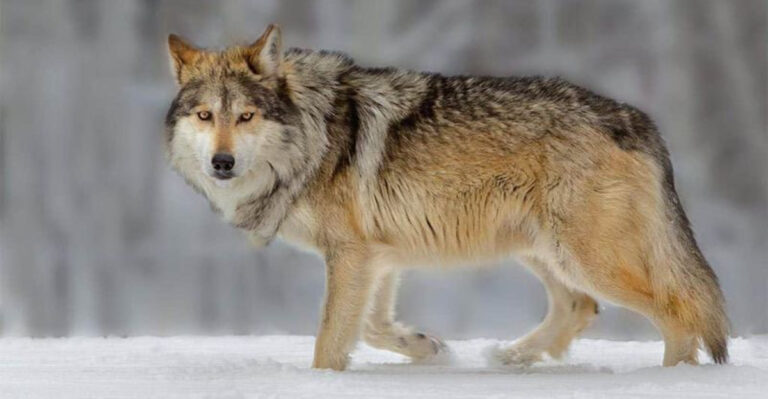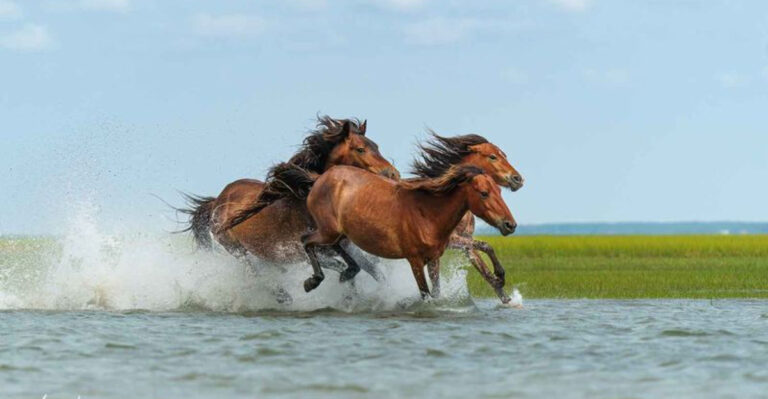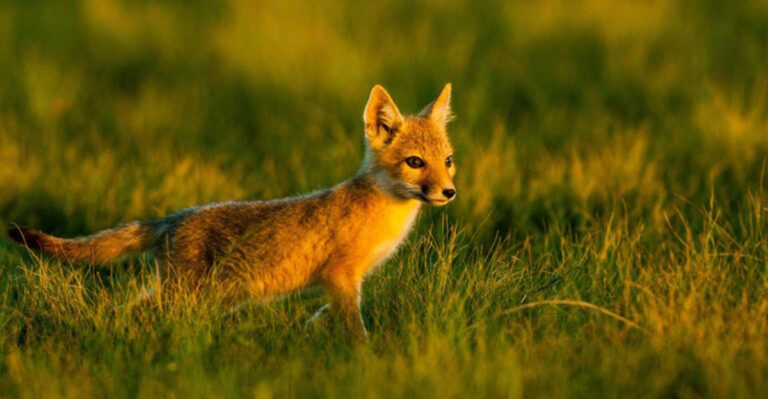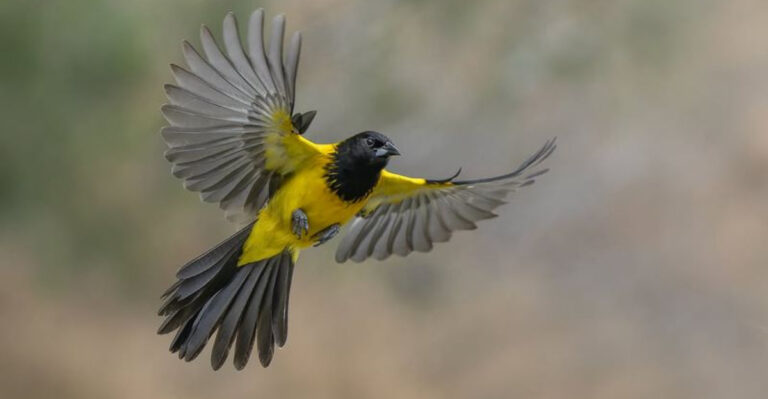Scientists Discover 558 Million-Year-Old Fossil Is Likely The World’s Oldest Known Animal
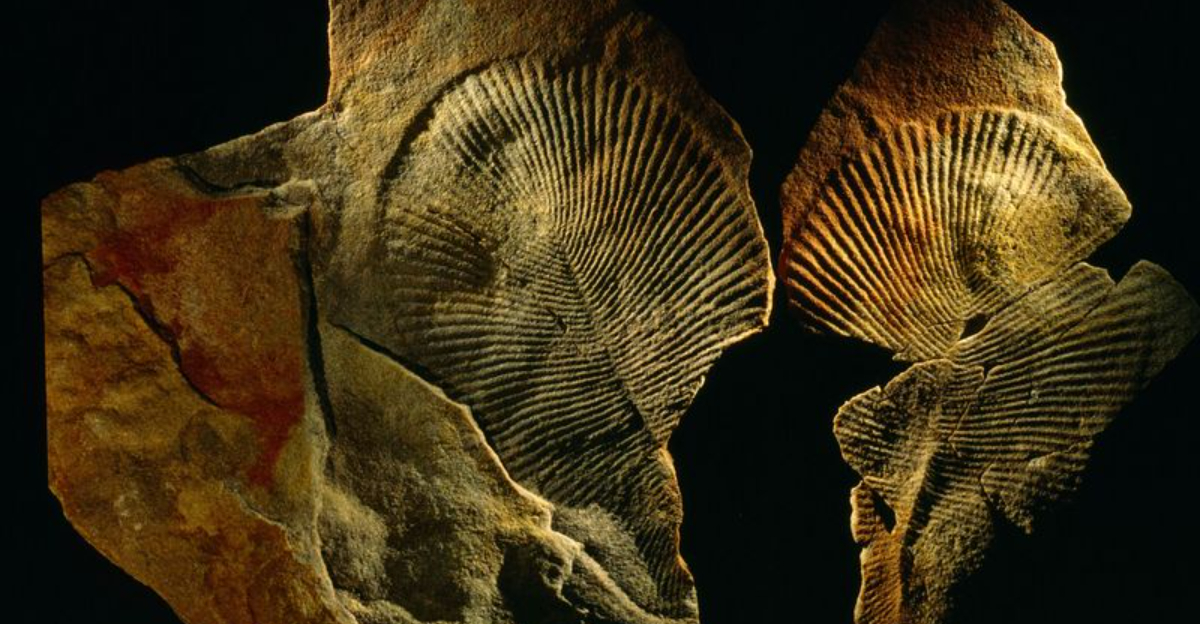
Imagine a time before dinosaurs, when Earth’s oceans teemed with bizarre creatures unlike anything alive today. Scientists recently made a groundbreaking discovery that rewrites our understanding of animal evolution.
A 558 million-year-old fossil called Dickinsonia has been identified as likely the oldest known animal on Earth, pushing back the timeline of animal life by millions of years.
The Discovery Of The 558 Million-Year-Old Fossil
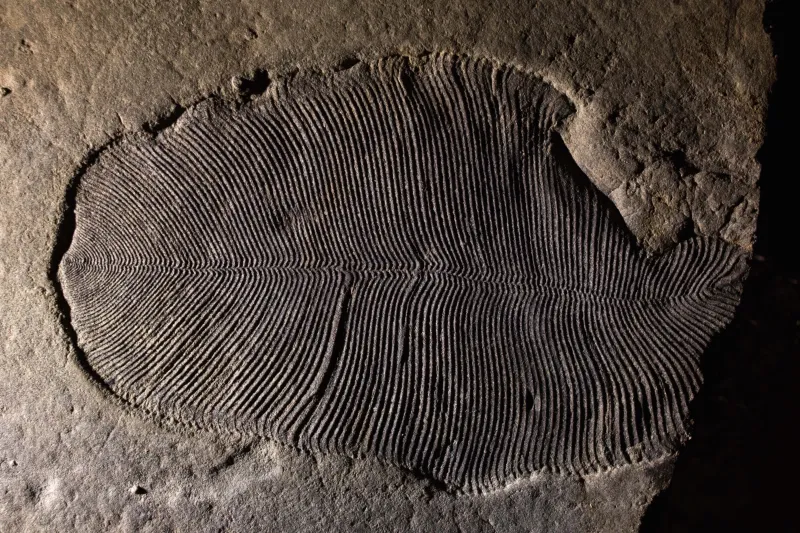
Russian scientists found the remarkable Dickinsonia fossil in the White Sea region, embedded in cliffs dating back to the Ediacaran period. The specimen was exceptionally well-preserved, showing details rarely seen in fossils this ancient.
Unlike typical fossils that preserve only hard parts like bones or shells, this specimen retained traces of original organic material—a paleontological jackpot that allowed for revolutionary analysis.
What Makes Dickinsonia The Oldest Known Animal
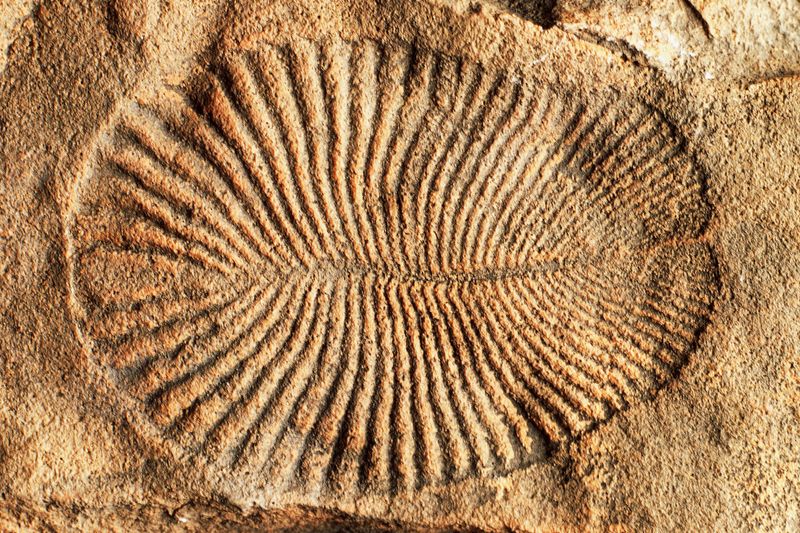
Before this breakthrough, scientists debated whether Dickinsonia was an animal, fungus, or something entirely different. The creature lived about 20 million years before the Cambrian Explosion—when most major animal groups suddenly appeared in the fossil record.
At up to 4.5 feet long, these oval-shaped organisms had distinct ridge patterns and no obvious mouth, eyes, or internal organs we’d recognize today.
Traces Of Cholesterol Confirm Dickinsonia’s Animal Status
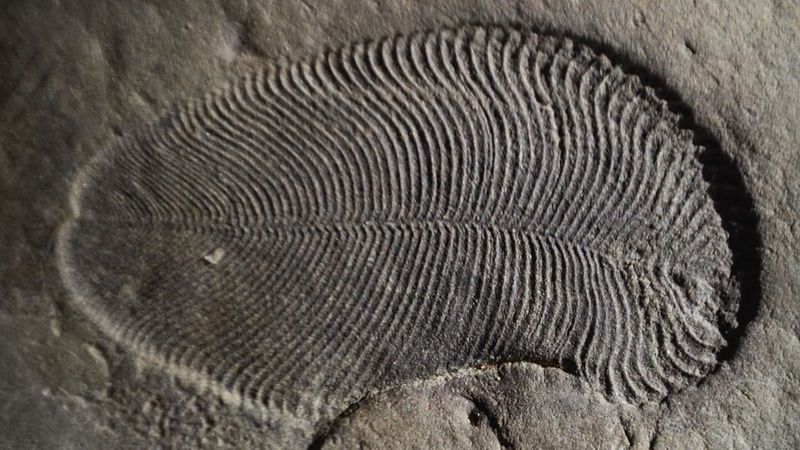
The smoking gun came from molecular analysis revealing cholesterol molecules in the fossil’s remains. This fat-like substance is a hallmark of animal cells but absent in fungi, bacteria, and most other organisms.
Scientists extracted and analyzed these ancient molecules using advanced mass spectrometry techniques. Finding cholesterol after half a billion years is like discovering a biological fingerprint that definitively places Dickinsonia in the animal kingdom.
How The Fossil Was Preserved For Over Half A Billion Years
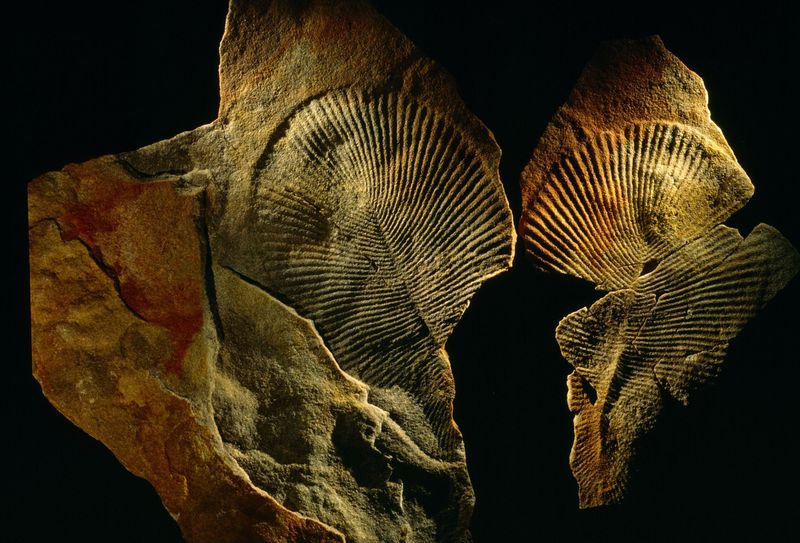
Luck and perfect conditions kept this ancient creature intact. The Dickinsonia died and was quickly buried in fine sediment, creating an oxygen-free environment that prevented decay and scavengers from destroying it.
Over time, minerals gradually replaced some tissues while the unique conditions preserved organic molecules. Most fossils lose all original material, making this preservation akin to finding a biological time capsule from Earth’s distant past.
The Importance Of Dickinsonia In Understanding Early Life
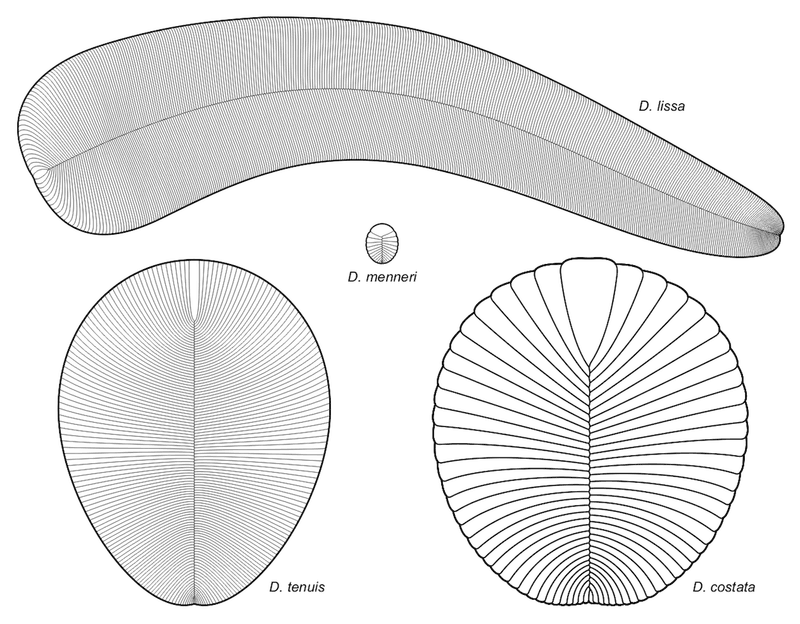
This oval creature with its quilted appearance gives us a rare glimpse into Earth’s early biological experiments. Scientists now believe Dickinsonia may represent one of the first evolutionary attempts at a complex, multicellular animal body plan.
By studying its simple structure, researchers can trace how fundamental animal characteristics first evolved. Dickinsonia existed in a world before predators, hard shells, or complex nervous systems had developed.
Early Theories And Confusion Around Dickinsonia’s Classification
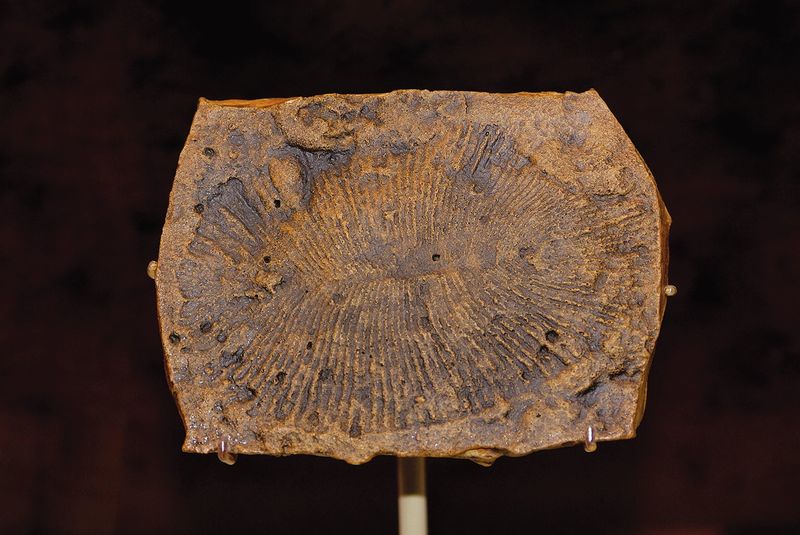
For decades after its 1947 discovery, Dickinsonia baffled scientists. Some classified it as a jellyfish relative, others as a giant amoeba, and some even suggested it might be a lichen or algae mat.
Without modern analytical tools, paleontologists relied solely on physical characteristics, leading to wildly different interpretations. The fossil’s flat body with radiating segments resembled many different organisms, making it a scientific mystery for generations.
How This Discovery Pushes Back The Timeline Of Animal Life
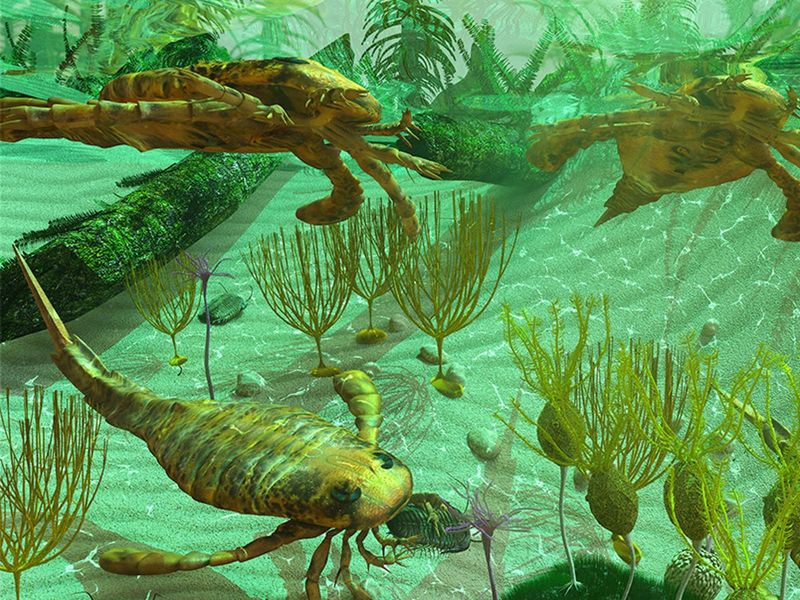
Before Dickinsonia was confirmed as an animal, scientists believed complex animal life emerged around 540 million years ago during the Cambrian Explosion. This fossil pushes that timeline back by at least 20 million years!
The revelation suggests animals were quietly evolving long before they developed hard parts that fossilize easily. We’re now rethinking how long it took for complex life to develop and spread across ancient oceans.
The Role Of Dickinsonia In Ancient Ecosystems
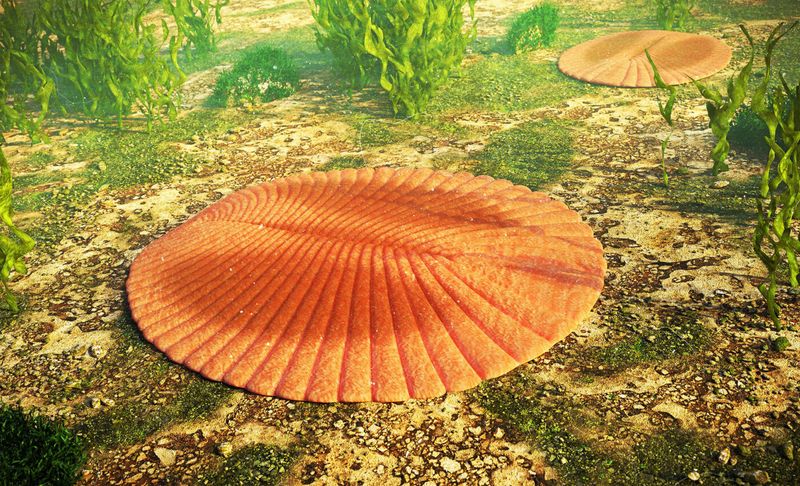
Imagine a seafloor covered with these strange oval creatures slowly gliding along! Dickinsonia likely absorbed nutrients directly from microbial mats covering the ocean floor, essentially “grazing” by sitting atop its food source.
Fossil trackways show these animals could move, albeit slowly. As one of the largest organisms of its time, Dickinsonia would have been a dominant feature of Earth’s earliest animal ecosystems, perhaps even engineering its environment like modern grazing animals.
What This Finding Tells Us About The Evolution Of Multicellular Life
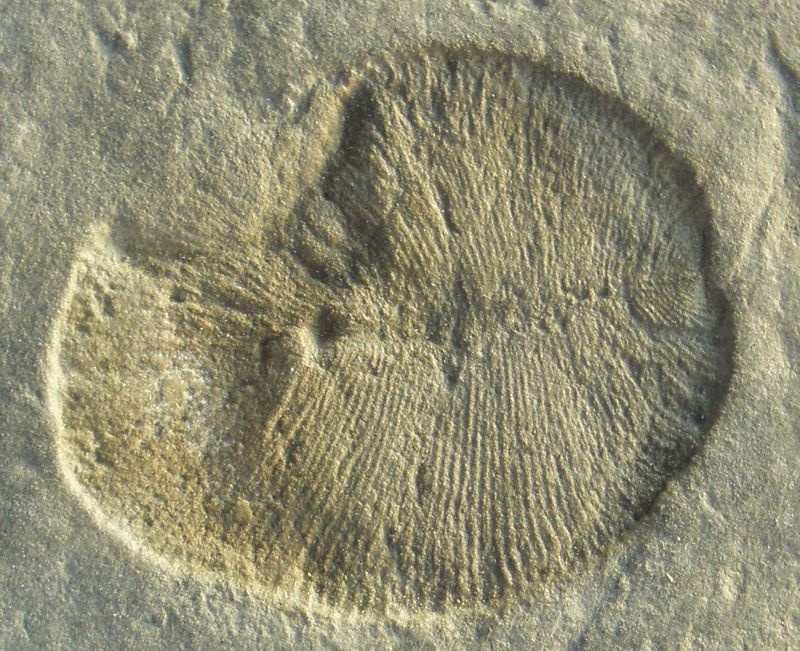
Dickinsonia reveals that the blueprint for animal life was established far earlier than previously thought. Its body shows early experiments with bilateral symmetry—a key innovation that would later enable the development of most modern animal body plans.
The creature’s simple structure suggests animals began as flat organisms that gradually developed more complex body shapes. This fossil helps bridge the gap between single-celled life and the incredible diversity of animals that would later evolve.

